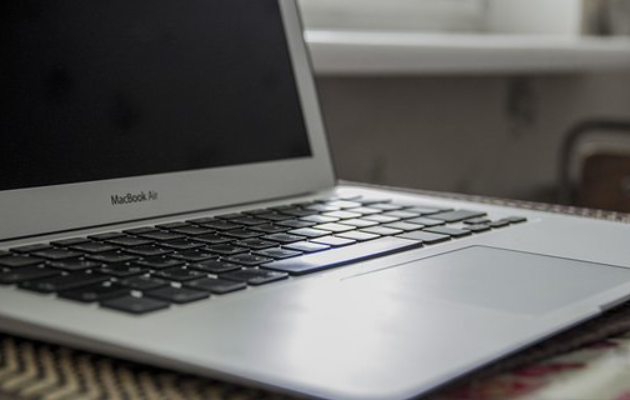To change the default shell in macOS, follow these steps:
How to Change Shell in MacOS
- Determine the current default shell: To change the default shell, it's important to know what the current default shell is. You can do this by opening the Terminal app and running the "echo $SHELL" command.
- List available shells: There are several shells available on macOS, including bash, zsh, and fish. You can see a list of all available shells by running the "cat /etc/shells" command in the Terminal.
- Change the default shell: To change the default shell, you will need to use the chsh command. For example, to change the default shell to zsh, you would run "chsh -s /usr/local/bin/zsh".
- Log out and log back in: After changing the default shell, you will need to log out and log back in for the changes to take effect. I have written a guide on how to install software on a MacBook.
- Verify the change: To verify that the default shell has been changed, run the "echo $SHELL" command again in the Terminal. The output should reflect the new default shell.
That's it! You have successfully changed the default shell on your macOS system. If you want to switch back to a different shell or the default bash shell, simply follow the same steps and specify the path to the desired shell.
How do you switch between Shells on a Mac?
As a Mac user, you may have noticed that the default shell is usually set to bash. However, there are other shells available on macOS that you may want to use, such as zsh and fish. In this post, we'll go over the steps for switching between different shells on a Mac.
- Open the Terminal app. This can be found in the Utilities folder within the Applications folder, or you can use the spotlight search (command + space) to find it.
- Determine the available shells: You can see a list of all available shells by running the "cat /etc/shells" command in the Terminal. You can also read how to Cut Paste in MacOS.
- Switch to a different shell: To switch to a different shell, you can use the "exec" command followed by the path to the desired shell. For example, to switch to the zsh shell, you would run "exec /usr/local/bin/zsh".
- Verify the change: To verify that you are using a different shell, you can run the "echo $SHELL" command. The output should reflect the path to the shell you are currently using.
Note that switching to a different shell is only temporary and the changes will not be saved after you close the Terminal window. If you want to set a different shell as the default shell, you will need to use the chsh command as described in my previous answer.
How do I change shell to bash on Mac?
If you're a Mac user, you may have noticed that the default shell is usually set to bash. However, there are other shells available on macOS, such as zsh and fish, that you may want to use instead. In this post, we'll go over the steps for changing the default shell to bash on a Mac. To know more about how to change computer hostname in MacOS, follow this guide.
- Determine the current default shell: To change the default shell, it's important to know what the current default shell is. You can do this by opening the Terminal app and running the "echo $SHELL" command. This will output the path to the current default shell.
- Change the default shell: To change the default shell to bash, you will need to use the "chsh" command and specify the path to the bash shell. The path to the bash shell is usually "/bin/bash". To change the default shell to bash, run the following command: "chsh -s /bin/bash"
- Log out and log back in: After changing the default shell, you will need to log out and log back in for the changes to take effect.
- Verify the change: To verify that the default shell has been changed to bash, run the "echo $SHELL" command again in the Terminal. The output should reflect the path to the bash shell.
That's it! You have successfully changed the default shell to bash on your Mac. If you want to switch back to a different shell or the default shell that was previously set, simply follow the same steps and specify the path to the desired shell. Also see how to check Python version in MacOS.
It's worth noting that you can also switch to a different shell temporarily by using the "exec" command followed by the path to the desired shell. However, this change will not be saved after you close the Terminal window. To set a different shell as the default, you will need to use the "chsh" command as described above.
